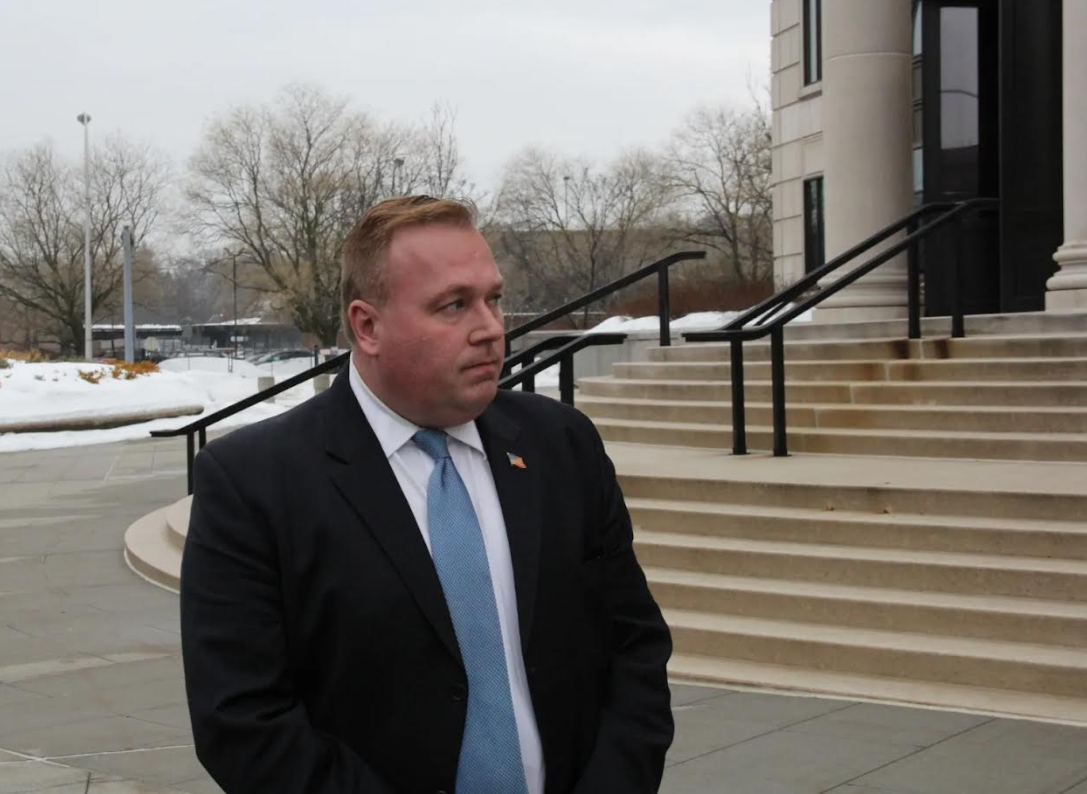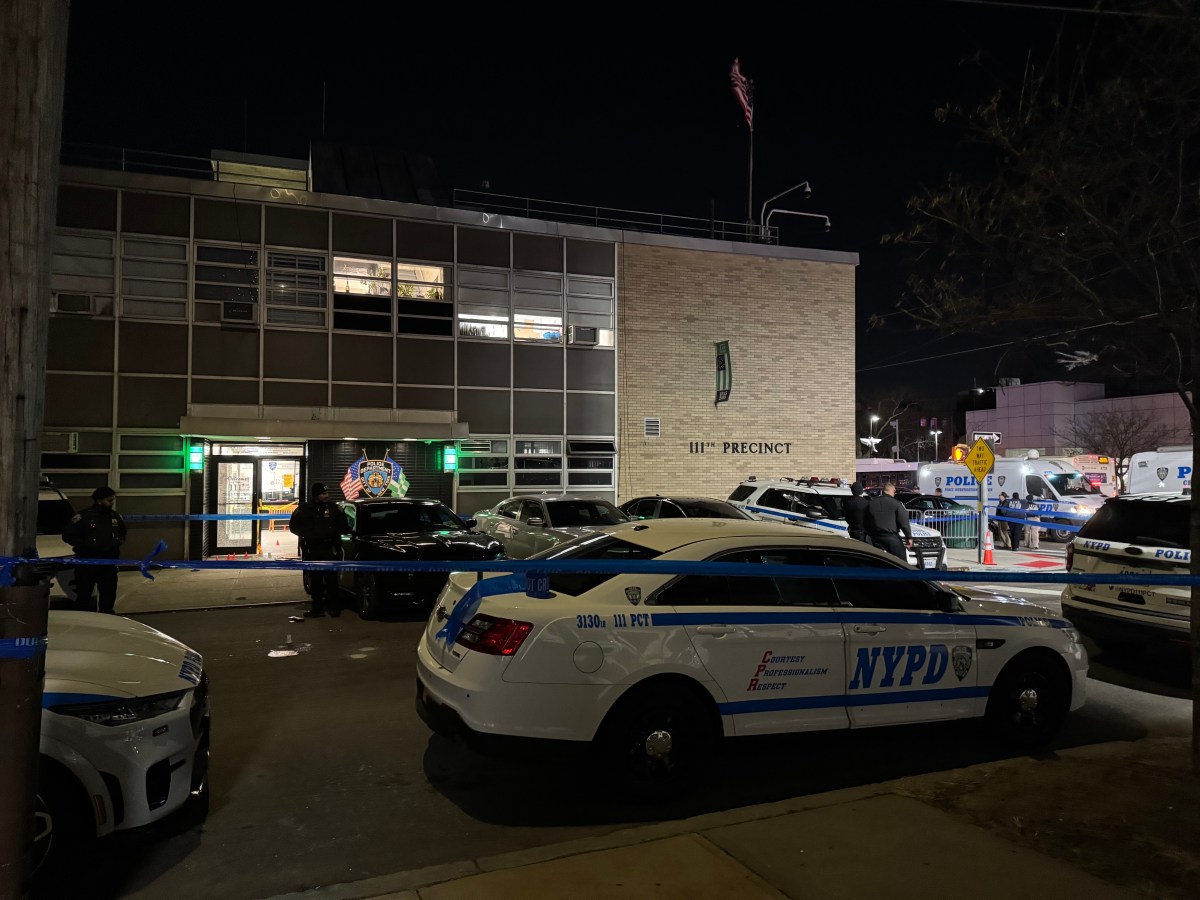The State Assembly Committee on Health heard testimony from 48 people on Thursday regarding a bill allowing medical aid in dying, or physician-assisted suicide.
The bill would allow for terminally ill patients with a prognosis of six months-or-less to live to take a “cocktail” of drugs to end their life. It would also allow them to pick up the “cocktail” up from their pharmacy once approved by two doctors and confirmed by two independent witnesses.
New York’s proposed legislation is modeled on Oregon’s medical aid in dying bill, which has been in place since 1994. The legislation is known as “assisted suicide” by its opponents, and is currently legal in seven total states and the District of Columbia.
Nearly two-thirds of New Yorkers support allowing doctors to legally prescribe lethal drugs to terminally ill patients, according to a poll released Thursday by Quinnipiac University.
Opponents of the bill have expressed concerns for the disabled community and what they say is a tendency for medical professionals to underestimate their will to live. Opponents also say medical professionals assume that the patient would rather die than incur debt.
“Doctors tend to devalue our lives, tend to feel that we don’t have quality of life when we feel that we do,” said Anita Cameron, director of minority outreach for Not Dead Yet, a disability rights group fighting against assisted suicide. Cameron suffers from multiple sclerosis, congenital cerebellar ataxia, and diabetes. She said she knows one of her diseases “is going to take her life” and lives in pain, but can’t see herself ending her own life. “I don’t want to die, I have way too much to live for,” said Cameron.
Another concern is that a doctor’s word on how long a patient has left is often not correct. Multiple people, including Cameron, testified Thursday that their loved ones far outlived their doctor’s expectations.
Jose Hernandez, 38, said his mother lived for 13 years after she was diagnosed with stage IV ovarian cancer in 1988. “There was 13 birthdays, 13 Christmases, 13 Thanksgivings that would have not happened if this medication was available,” said Hernandez. “I wouldn’t have been able to share those precious moments with my mother.”
Dr. David Kim, Staten Island physician and New York co-director of the American Academy of Medical Ethics, also testified, and said he never gives such predictions given that they are usually wrong. “If we’re all living off the terminal prognosis, then patients are making decisions based off of something that has been proven to be woefully inadequate.”
Proponents of the bill claim that medical aid in dying laws allow those who have been suffering from terminal illnesses for extended periods of time to have a painless death. Peg Sandeen, Oregonian and executive director of Death with Dignity National Center, testified that in Oregon’s experience with the bill, patients’ end of life care is better than in other states.
“We do better than the rest of the country in such benchmarks as the number of people who die at home as opposed to in the hospital, the number of people using hospice, and the number of people who received intensive care services at the end of life,” said Sandeen.
Ninety percent of people who use medical aid in dying in Oregon are enrolled in hospice, where patients with limited time to live receive the most comfortable care possible, according to Oregon’s Public Health Division.


































